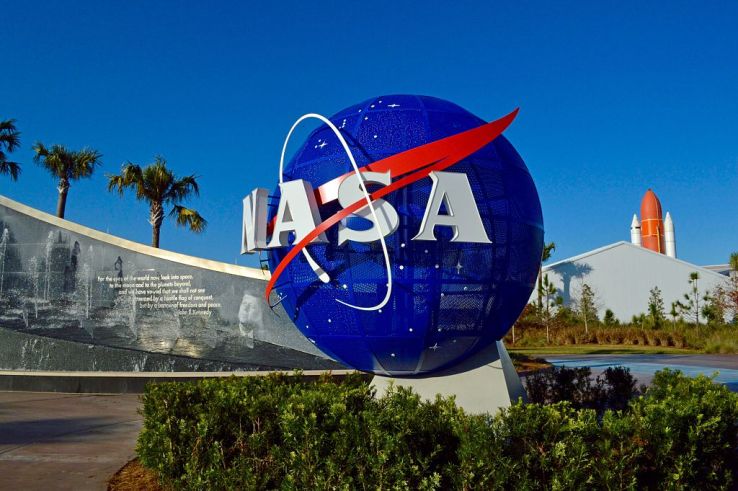

NASA has always embraced emerging technology for visualization, even if that tech was seemingly developed for frivolous entertainment. We recently covered its holographic Mars exhibit, and the many 3D resources that NASA makes available to developers and educators. Now, the US space agency has partnered with Epic Games’ Unreal Engine to create a mixed reality International Space Station simulator.
To become a qualified NASA astronaut, candidates spend up to two years of training learning the ropes through intensive classes and simulations that help them prepare for working while weightless, navigating around different parts of the space shuttle and international space station, and serving as each others’ emergency medical technicians, among other things.
In the past, astronaut training meant dives in a “neutral buoyancy lab,” a giant pool that holds 6.2 million gallons of water, and spending time at NASA’s “space vehicle mock-up facility,” a life-sized model of the space shuttle orbiter and parts of the international space station (ISS). Those physical facilities have limited capacity, though. Adding a mixed reality mock-up, alongside the physical facility, could allow astronauts-in-training a lot more time to hone their skills in a convincing sim.
Unreal Engine’s main competitor, Unity, has also worked with NASA. For the unfamiliar, both companies make game engines that have been adapted for the creation of enterprise applications, and VR experiences. More game developers use Unity than Unreal Engine by a long shot today. Still, Unreal Engine boasts impressive customers on the “serious games” front, including BMW, McLaren, Ikea and Lockheed Martin.
According to a video that Unreal Engine and NASA released earlier this month, their mixed reality system shows various elements of, and instruments on board the ISS, including different exercise machines and tools that astronauts use for maintenance work there. The simulator is different from the previously released educational experience, Mission: ISS for Oculus.
Among other things, the mixed reality ISS app sweeps astronauts-in-training off their feet with an “active response gravity offload system.” It works in conjunction with a robotic crane that makes the trainee feel like he or she would in micro-, lunar- or Martian gravity. Besides using the mixed reality system to train astronauts and engineers for life and work in orbit, NASA will use it to design new habitats.

